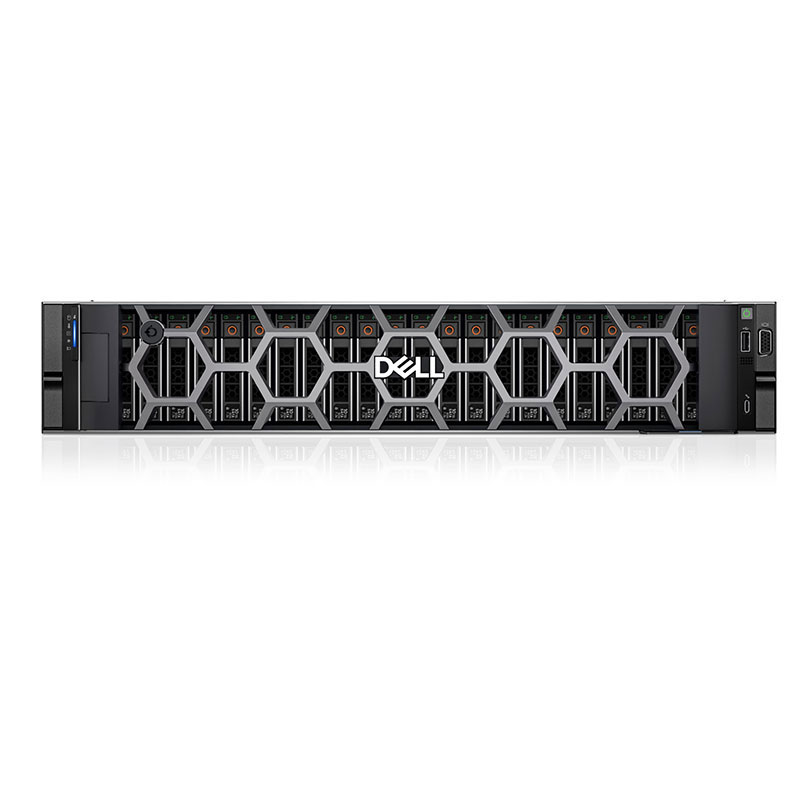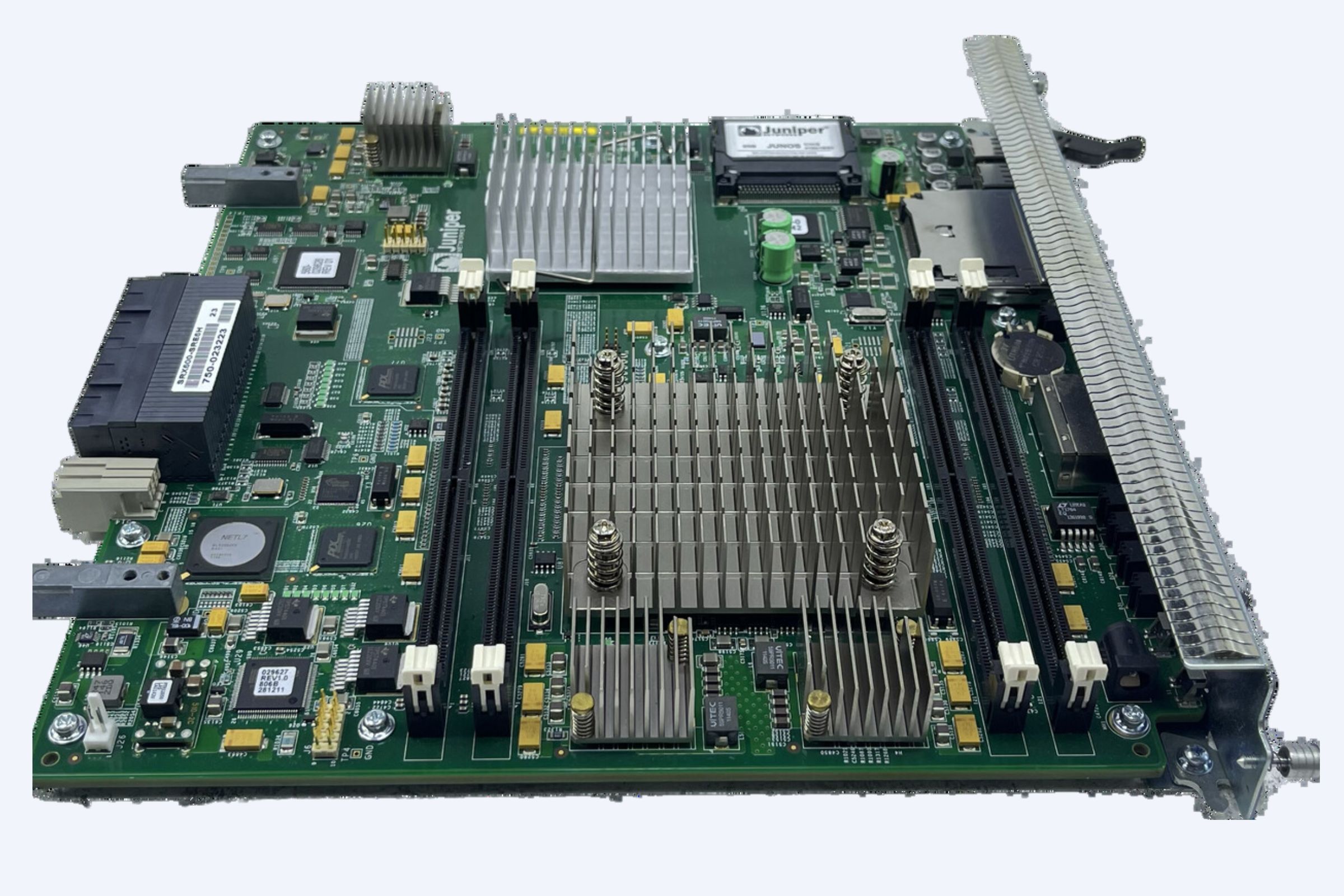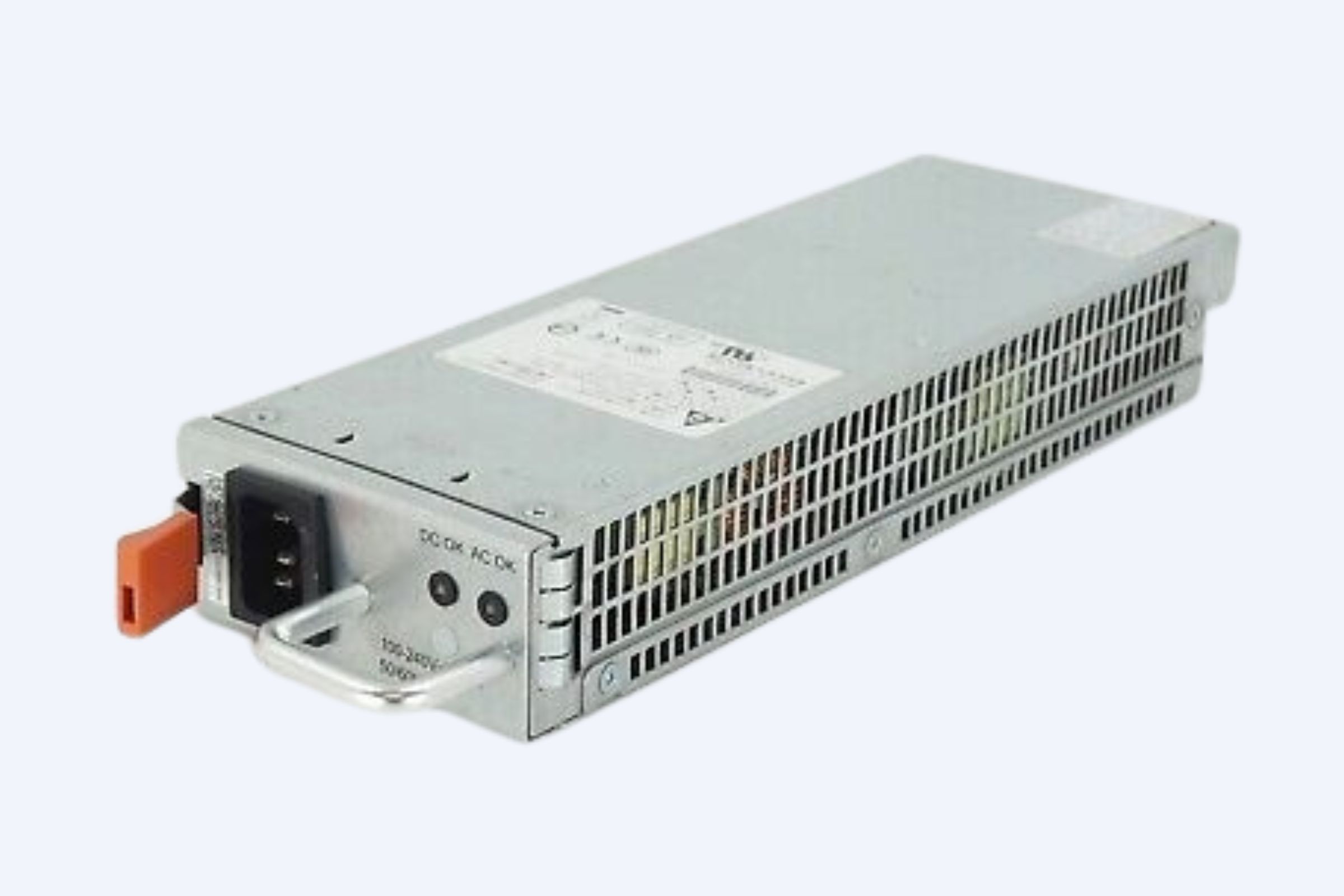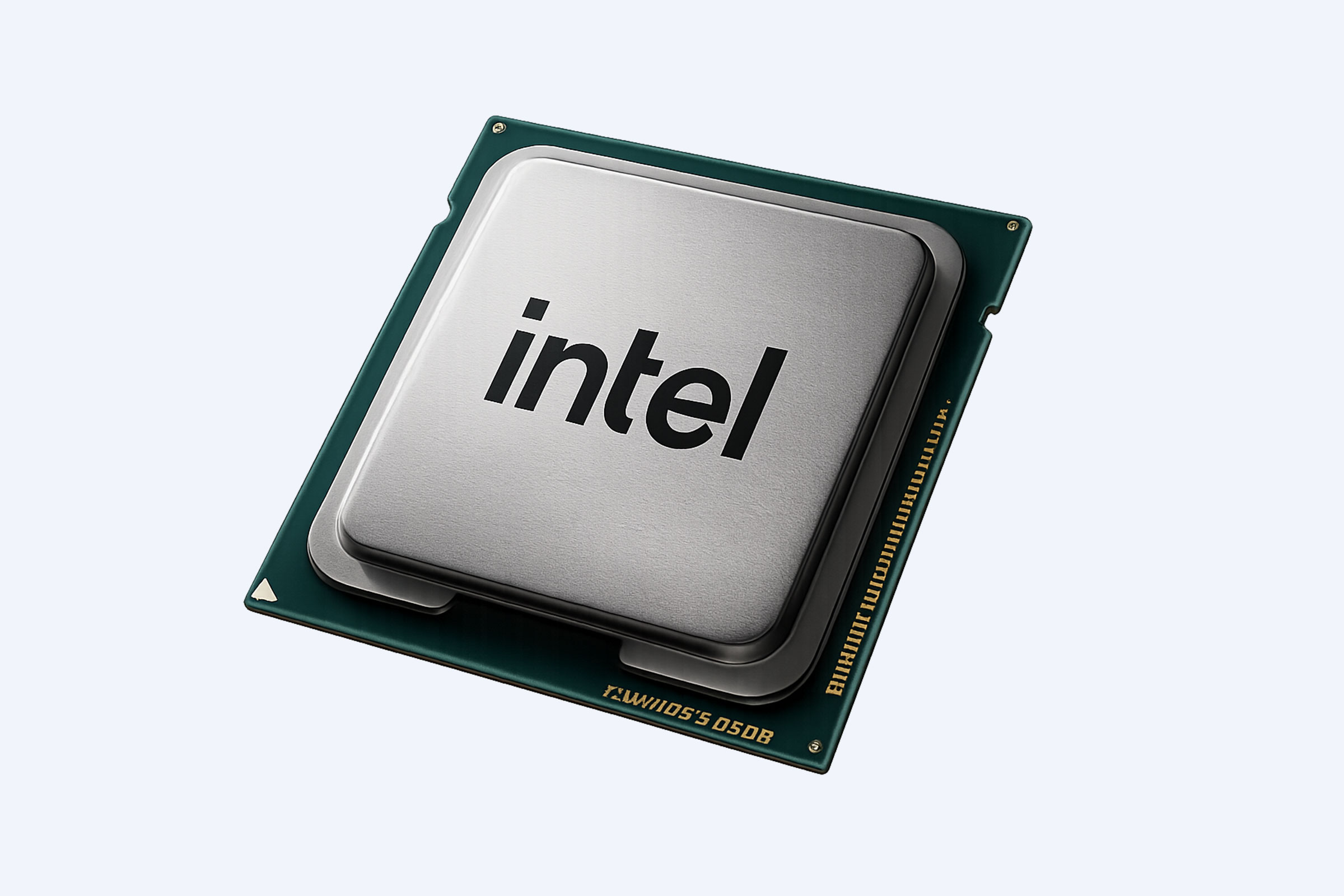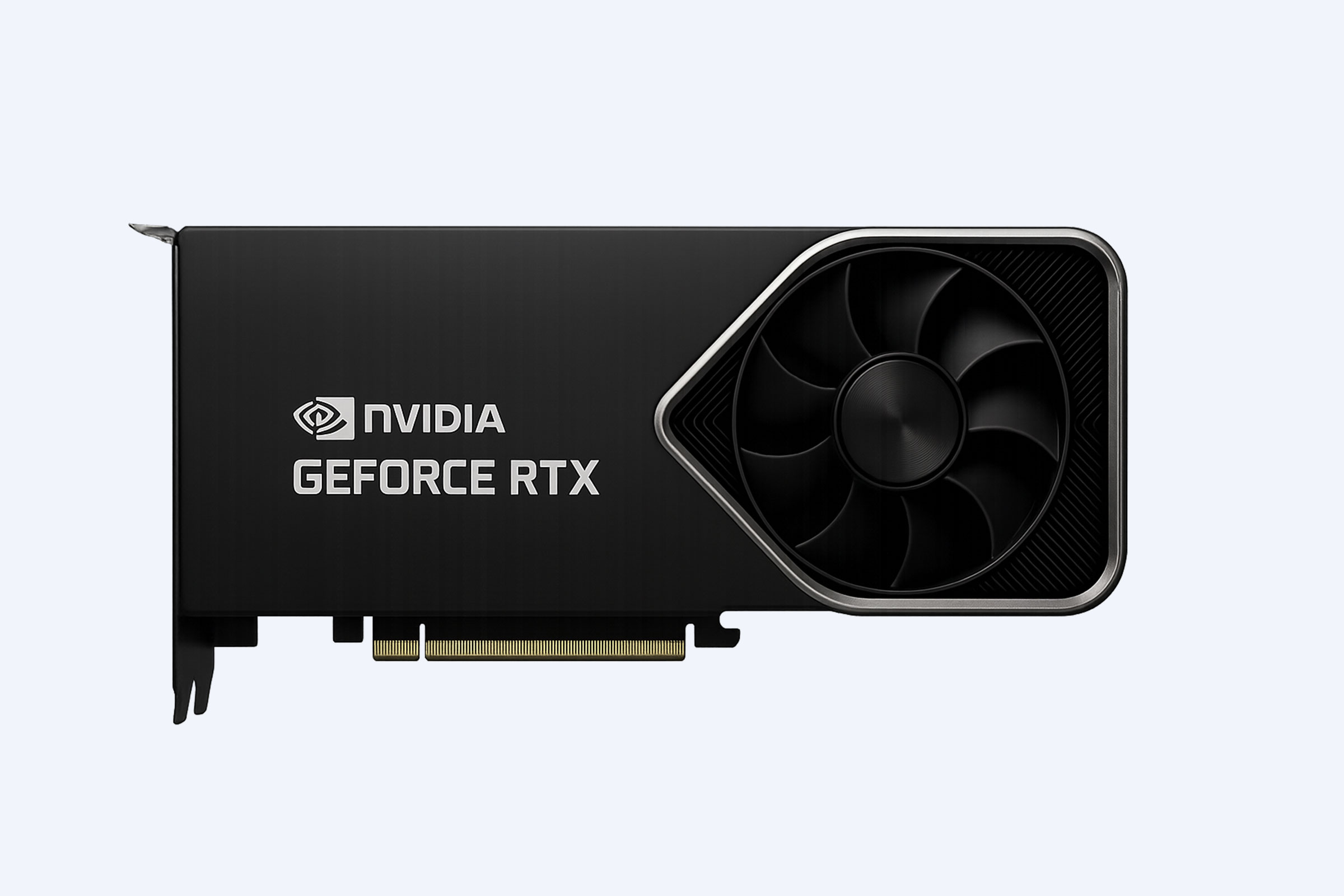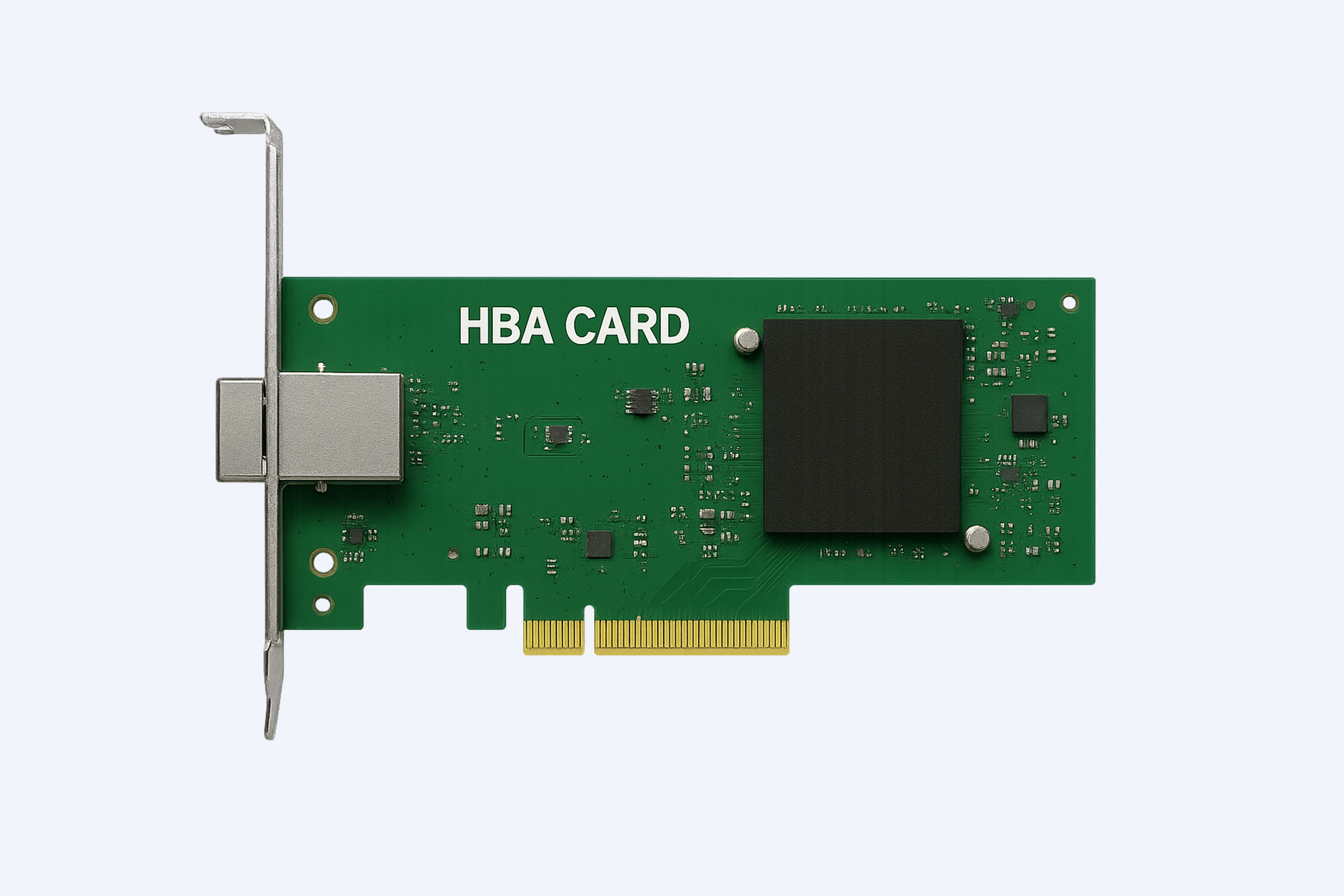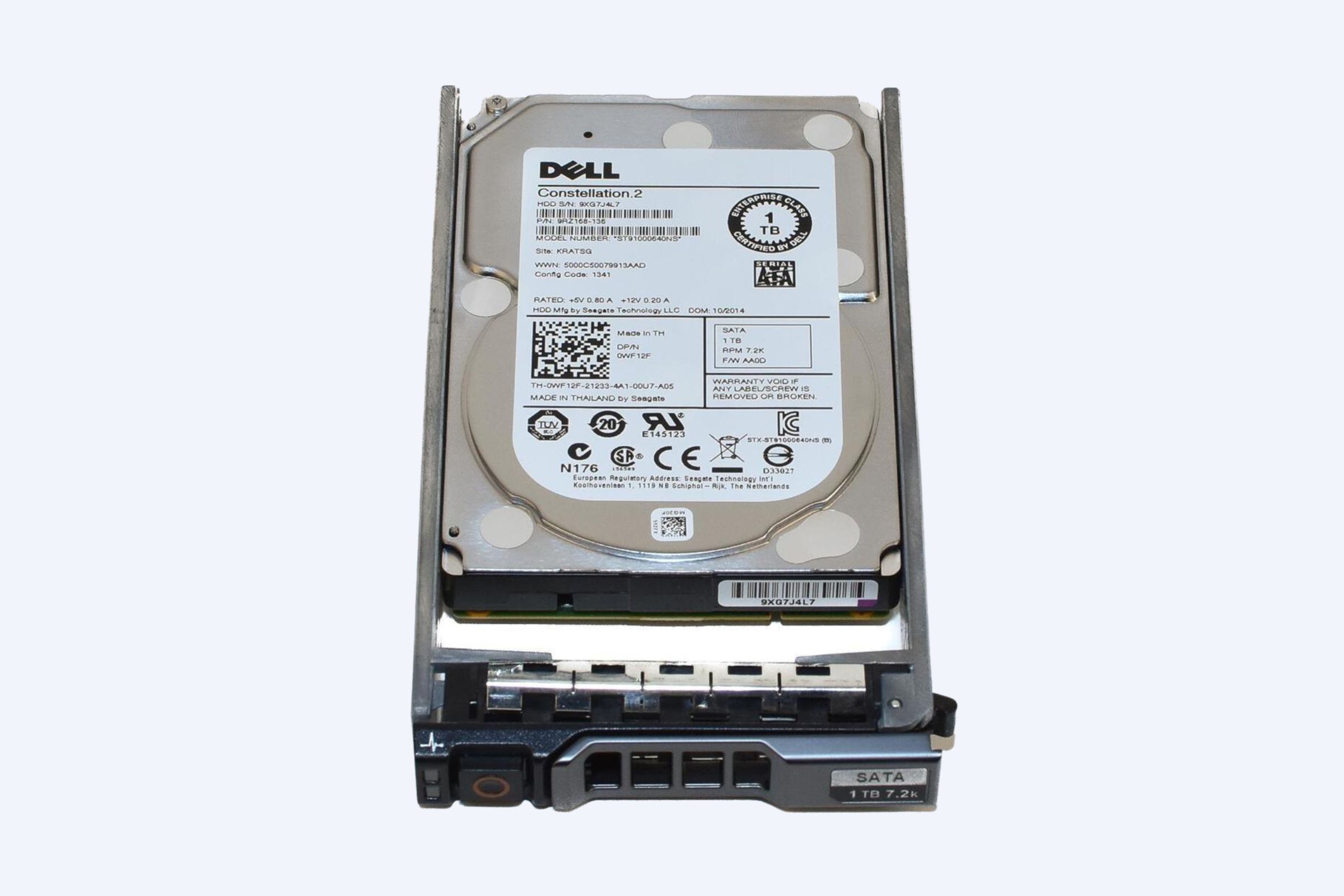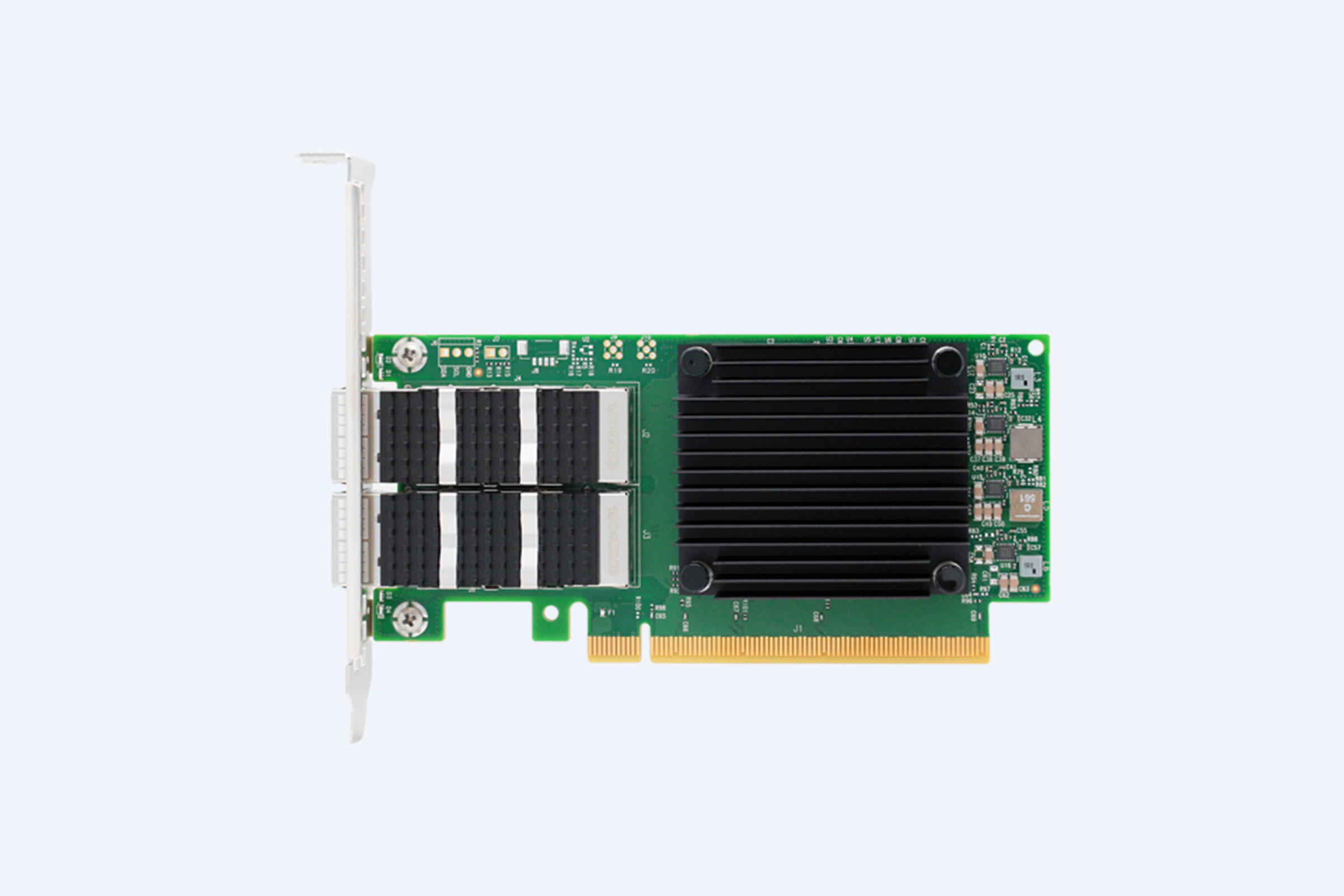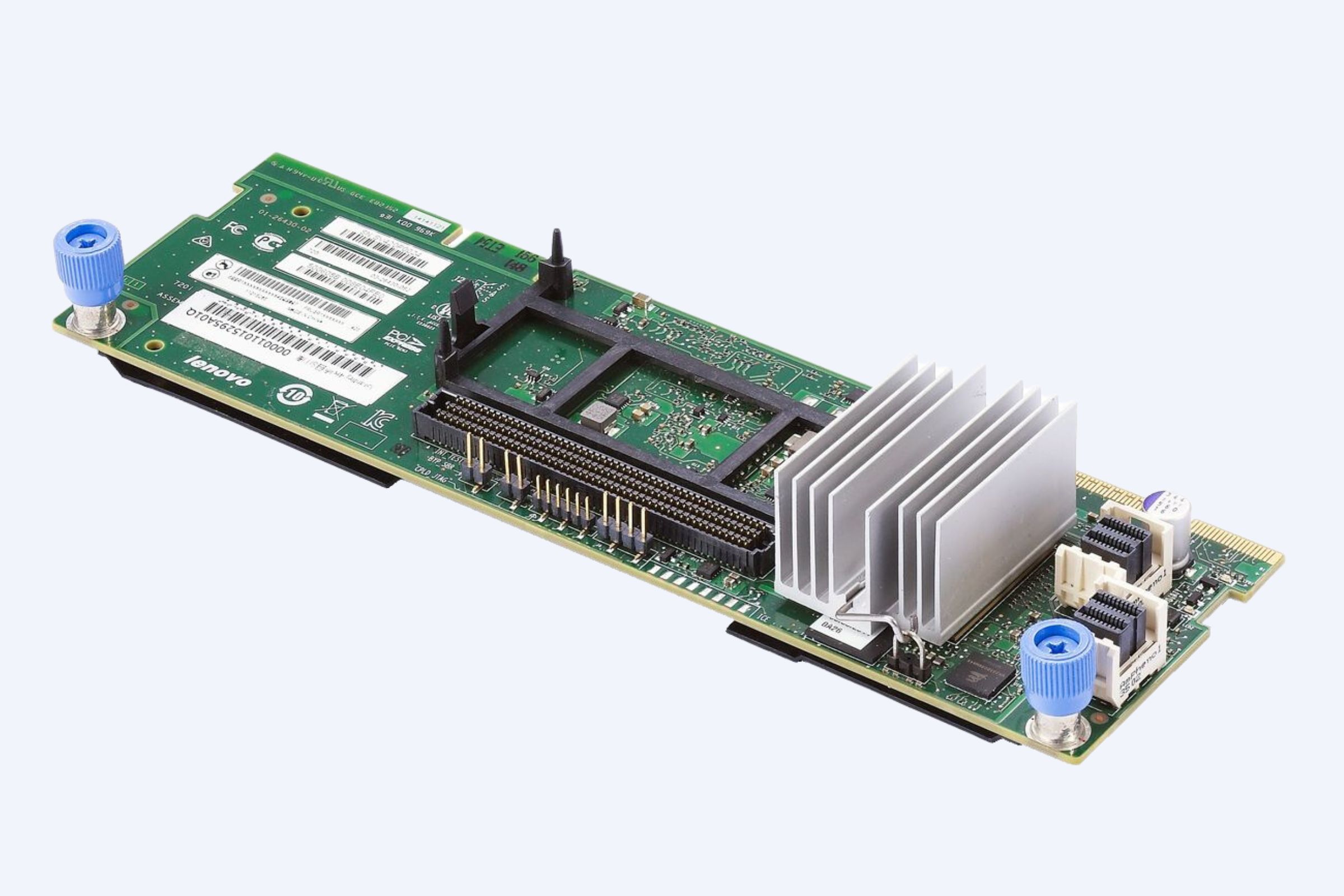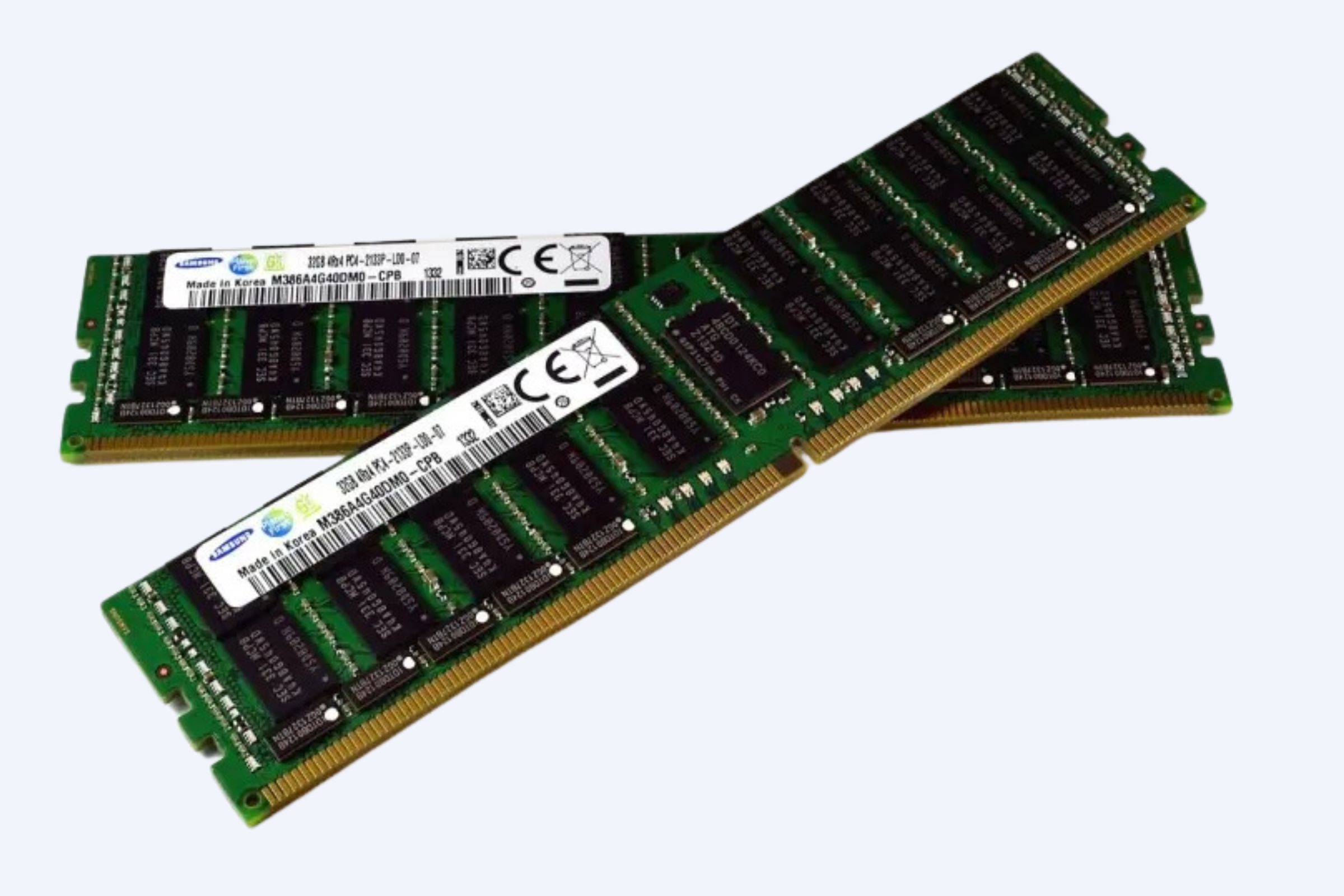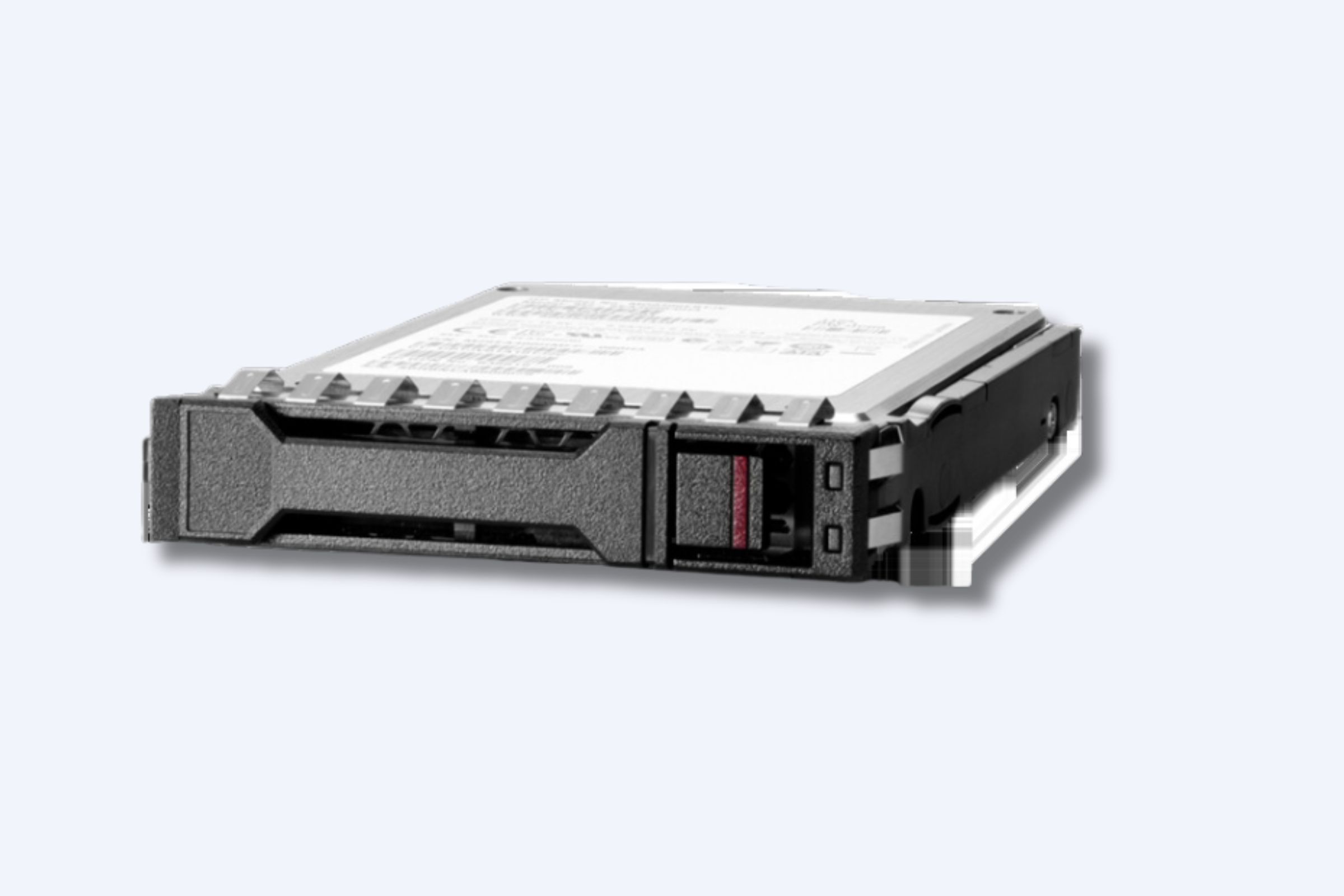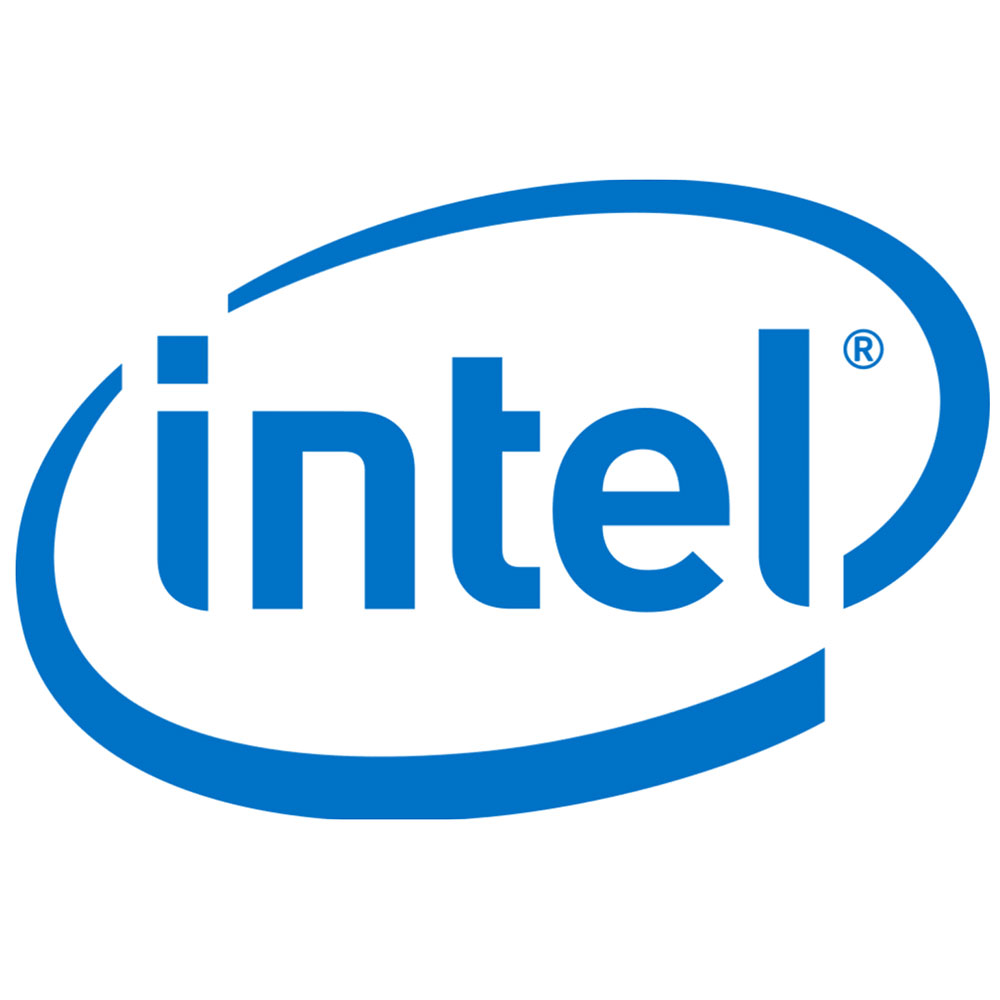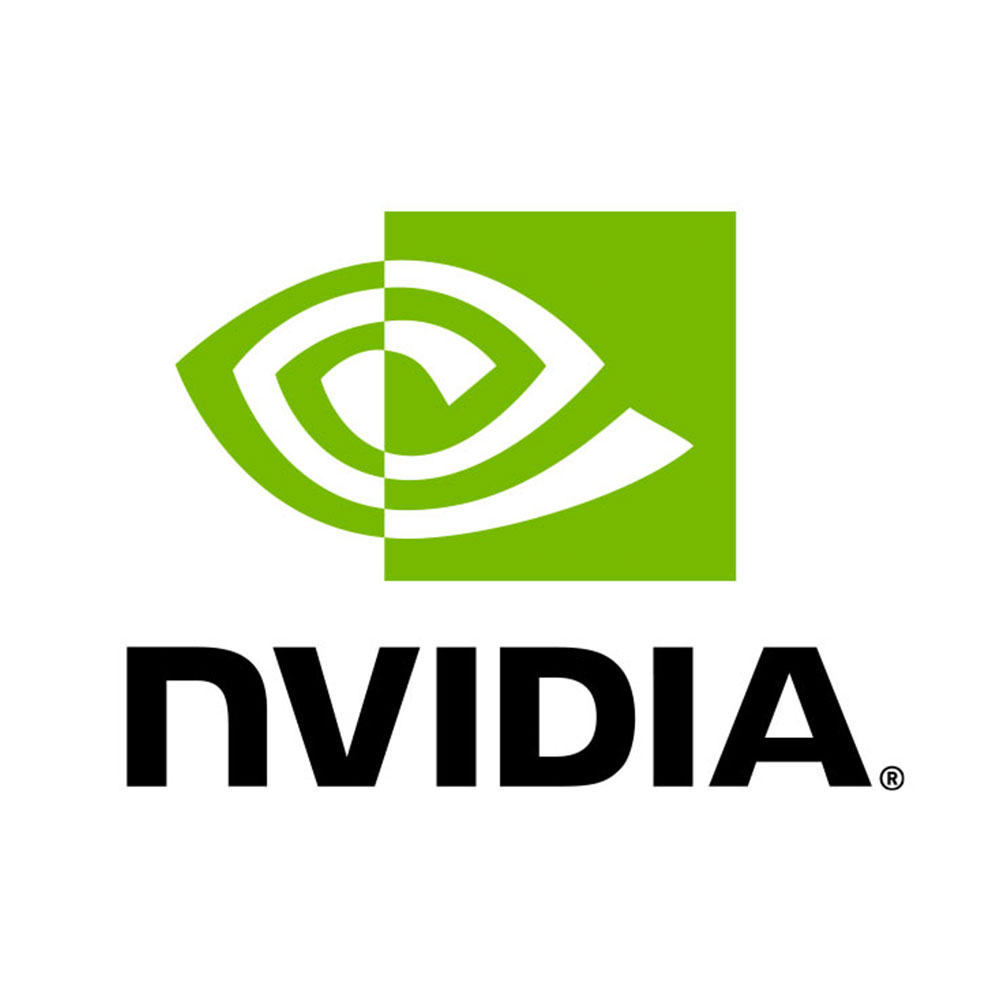Rack-mount server hardware consists of servers and related equipment designed to fit into standardized racks, maximizing data center space and efficiency. Chinese manufacturers like WECENT provide OEM and wholesale rack servers that combine performance, scalability, and cost-effectiveness, crucial for enterprise-class data centers optimizing operations and expanding infrastructure.
What Are the Standard Specifications for Rack-Mount Servers in Data Centers?
Rack-mount servers conform to standard dimensions based on rack units (U), with 1U equal to 1.75 inches in height. Popular sizes include 1U, 2U, 4U, and 42U full racks for housing multiple devices. Width is standardized at 19 inches for mounting compatibility, while depths vary between 27 to 42 inches to accommodate varied hardware. Power, cooling, and cable management are designed to fit these form factors.
How Do Rack-Mount Servers Improve Data Center Efficiency?
Rack-mount servers allow dense equipment stacking, efficient airflow, and centralized cable routing. By standardizing physical dimensions, they simplify hardware installation, maintenance, and scalability in data halls. WECENT offers solutions that optimize server density, reduce footprint, and integrate robust cooling and power management, lowering operational costs.
Which Components Are Essential in Rack-Mount Server Hardware?
Key components include CPUs (Intel Xeon, AMD EPYC), GPUs (NVIDIA RTX and Tesla series), storage (SSDs, HDDs), networking switches, and power supplies. WECENT supplies a comprehensive inventory of these components with OEM support, ensuring compatibility and performance. GPU options tailored for AI and big data workloads enhance server capabilities substantially.
| Component Type | Example Models by WECENT | Role |
|---|---|---|
| CPUs | Intel Xeon, AMD EPYC | Processing units for server tasks |
| GPUs | NVIDIA RTX A6000, Tesla A100 | Accelerate AI, big data, visualization |
| Storage | Enterprise SSDs and HDDs | Fast and reliable data storage |
| Networking | Cisco, H3C switches | Data communication and networking |
| Power Supplies | Redundant power units | Ensure uptime and reliability |
Why Choose OEM Rack Server Solutions from Chinese Manufacturers like WECENT?
OEM manufacturing allows tailored server configurations suited for specific client needs with competitive pricing and flexible minimum order quantities. WECENT supports brand customization, quality assurance, and swift production, helping wholesalers, integrators, and system builders maintain agility and market differentiation.
Where Are Rack-Mount Servers Commonly Used Beyond Data Centers?
These servers power finance, healthcare, education, virtualization, cloud computing, AI applications, and enterprise core infrastructure. Their modularity enables rapid deployment in various environments requiring reliable and scalable compute resources, many of which WECENT supports through specialized product lines.
How Do Data Centers Manage Cooling and Power Distribution in Rack Servers?
Cooling solutions include front-to-back airflow, liquid cooling, and containment systems to maintain optimal operating temperatures. Power distribution employs redundant power supplies, PDUs, and UPS systems to secure uptime. Rack design considers airflow management and cable routing for energy efficiency, critical in WECENT’s offerings.
Can Rack Servers Be Upgraded for Emerging Technologies?
Yes, modular design allows upgrades to CPUs, GPUs, memory, and storage without replacing the entire system. WECENT’s OEM services facilitate incorporating latest NVIDIA GPUs or high-density storage, enabling enterprises to adapt to increasing data and computation demands seamlessly.
Are There Security and Reliability Features Integrated into Rack-Mount Servers?
Enterprise rack servers feature hardware-level encryption, secure boot, redundant components, and remote management tools. WECENT ensures supplied hardware meets industry reliability standards and includes warranty-backed support to minimize downtime and data risks.
When Is the Right Time to Upgrade or Expand Rack Server Infrastructure?
Expansion is ideal when current servers reach capacity limits in processing power, storage, or reliability. Planning for scalability, preferably with OEM customization from WECENT, ensures future-proof architectures that support growth in virtualization, AI, and big data workloads.
WECENT Expert Views
“Rack-mount servers represent the backbone of modern data centers and enterprise IT environments. At WECENT, our focus is delivering flexible, high-performance OEM server solutions that empower businesses to build scalable, reliable infrastructure. By partnering with top component manufacturers and leveraging in-depth data center expertise, we ensure clients receive optimized hardware tailored to evolving industry needs, enabling seamless digital transformation worldwide.”
— Senior Technical Consultant, WECENT
Conclusion: Key Takeaways and Actionable Advice
Rack-mount server hardware standardizes space utilization and boosts data center efficiency. Chinese manufacturers like WECENT offer competitive, customizable OEM rack servers with latest CPUs, GPUs, and storage, supporting enterprise IT, big data, AI, and cloud applications. Efficient cooling, power management, and upgradeability underpin reliable operation. Engaging WECENT as a trusted supplier ensures quality products and expert support for your data center growth strategies.
FAQs
What is the height of a 1U rack server?
1U equals 1.75 inches (44.45 mm) in server height.
Why is 19-inch width standard in rack servers?
It standardizes mounting holes for compatibility across hardware brands.
Can WECENT customize rack servers?
Yes, WECENT offers OEM solutions with branding and hardware customization.
What are typical rack depths for data centers?
Common depths range between 27 to 42 inches depending on hardware.
How do rack-mount servers support AI workloads?
By integrating GPUs like NVIDIA RTX A6000 or Tesla series optimized for AI.



